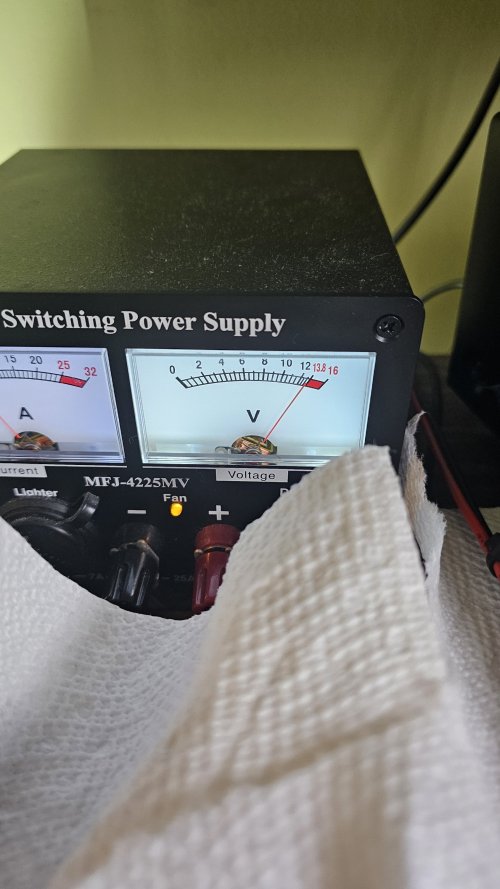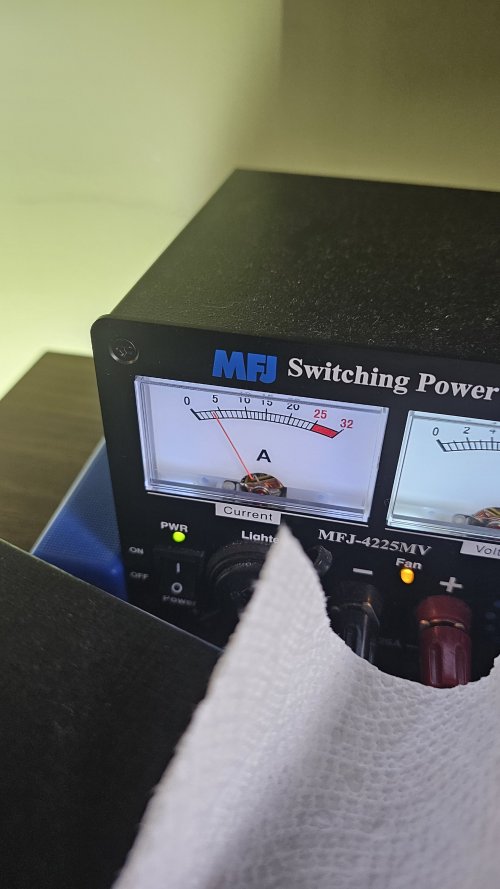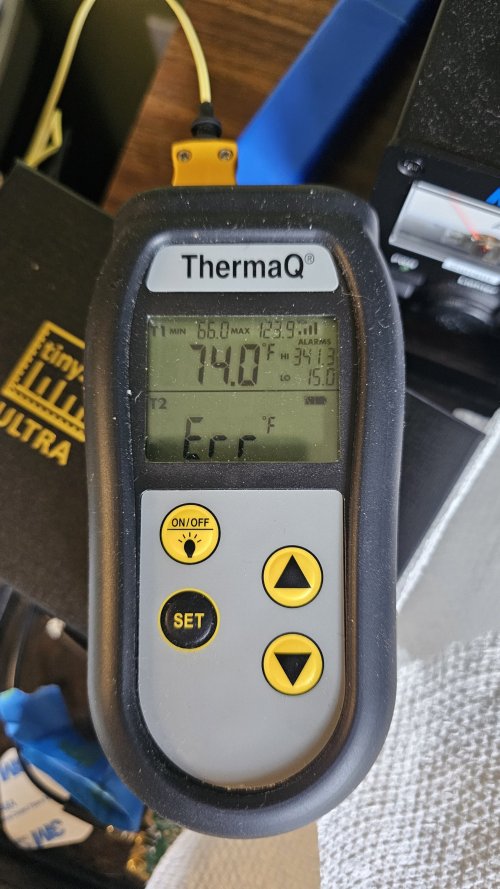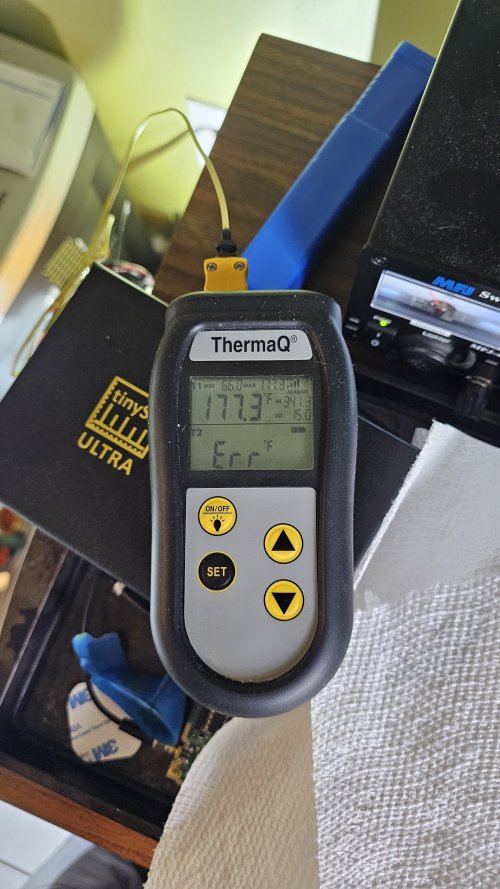SatchelHopkins
"Mitch"
Background
So, as we mostly all know, when we replace a headlight lamp with an aftermarket LED one, the LED draws much less current than is expected by the computer which can cause it to throw warnings unless the unit incorporates a shunt resistor to draw additional "sacrificial" current, thereby tricking the computer into thinking everything is normal.
Here is the unit that I replaced my headlights with, which have a shunt resistor and work fine without throwing warnings.

With this unit, the lamp part mounts where the halogen bulb would have been. It has fan built in to help cool the lamp unit. The resistor disc then basically just has to be crammed inside the housing behind the dust cover.
The question in my mind is what kind of power does this resistor have to dissipate and how hot does it get.
Setup
So I wired a spare lamp up to some wire and plugged it into a bench supply and taped a thermocouple to the disc to monitor the temperature.


While I was not sure what voltage is applied to the lamps in the bike, I made the assumption that it is the full system voltage. So I set the power supply to 13.7VDC which caused a current draw of about 4 amps. So between the light, the fan, and the excess heat, we are sinking about 55 watts per bulb.


The results
So, I turned the thing on and just it hang in space while I monitored the temperature.

Initial and "Final" Temps


So, I turned the thing off at 177 degrees F. It was still climbing, though more much more slowly. I got tired of waiting at this point. At this temp, it will very much burn you.
This is in free space, so it really makes me wonder what is happening inside the light housing inside the dust cover. Also, keep in mind that the LED fan does not blow onto this part. I hope that there is some level of airflow through this housing, but I don't know if there is or not.
What are your thoughts? Is this level of heat a possible problem? By the way, I didn't measure it, but I can tell you that the lamp housing with the built in fan also get quite hot but not nearly as hot as the resistor disc.
So, as we mostly all know, when we replace a headlight lamp with an aftermarket LED one, the LED draws much less current than is expected by the computer which can cause it to throw warnings unless the unit incorporates a shunt resistor to draw additional "sacrificial" current, thereby tricking the computer into thinking everything is normal.
Here is the unit that I replaced my headlights with, which have a shunt resistor and work fine without throwing warnings.

With this unit, the lamp part mounts where the halogen bulb would have been. It has fan built in to help cool the lamp unit. The resistor disc then basically just has to be crammed inside the housing behind the dust cover.
The question in my mind is what kind of power does this resistor have to dissipate and how hot does it get.
Setup
So I wired a spare lamp up to some wire and plugged it into a bench supply and taped a thermocouple to the disc to monitor the temperature.


While I was not sure what voltage is applied to the lamps in the bike, I made the assumption that it is the full system voltage. So I set the power supply to 13.7VDC which caused a current draw of about 4 amps. So between the light, the fan, and the excess heat, we are sinking about 55 watts per bulb.


The results
So, I turned the thing on and just it hang in space while I monitored the temperature.

Initial and "Final" Temps


So, I turned the thing off at 177 degrees F. It was still climbing, though more much more slowly. I got tired of waiting at this point. At this temp, it will very much burn you.
This is in free space, so it really makes me wonder what is happening inside the light housing inside the dust cover. Also, keep in mind that the LED fan does not blow onto this part. I hope that there is some level of airflow through this housing, but I don't know if there is or not.
What are your thoughts? Is this level of heat a possible problem? By the way, I didn't measure it, but I can tell you that the lamp housing with the built in fan also get quite hot but not nearly as hot as the resistor disc.

